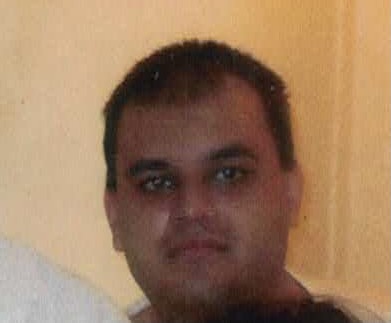Before I was transferred to this prison, I spent exactly one week at another prison.
For six days in a row, I worked in the kitchen from 6 A.M. to 6 P.M. The kitchen was an eye-opening experience in many ways. Some things I could have guessed. Other things, I had no idea about. There was no one to train me, so I had to train myself. It seemed like I had ten different jobs every day.
As soon as I arrived in the mornings, I would have some leftover breakfast. Then I washed the breakfast trays. After emptying the solitary confinement tray carts, I would wash the trays and lids. I would wash all the tables in the dining room. I would assemble the solitary confinement trays and put them on the carts. I would take the carts to the solitary confinement housings areas. On the way, I would drop off the fifteen trays for those housed in the infirmary. I would pour the juice in the pitchers and place them on the tables. The inmates would refill the pitchers by dipping them into a forty-gallon blue trash can filled with juice. I would not ever drink the juice after we start feeding people. When it’s time to start feeding, I would either be on the serving line or on the dining room floor. One day I was locked inside the scullery all day. Not once was I able to be off my feet. I washed every tray at the prison.
When I worked the serving line, I essentially saw no other inmates. I was too busy making the trays and putting them out the slot in the screened in area. The community inside prison reflects the community outside prison. There were all kinds of people in prison. When I worked the dining room floor, I was able to observe other inmates. Some would eat as fast as possible and get out. Some would have a one-hour meal. They were happy to socialize with their acquaintances. Some were loners and ate alone at a table. Some seemed to be ostracized. They would not once look up while the ate their meal.
I was taken aback by how many people in prison are truly starving. Lots of people would ask for extra food on their tray. The guard would tell me to put the same amount on each tray though. The solitary confinement trays had less on them than the trays for general population. I would see many people ask others for the leftovers on their tray. Plenty of times I would be taking a tray to the scullery slot and a person would ask me for a tray that still had food on it. I saw several people stay a long time so they could eat the scraps from other people’s trays.
After we fed everybody, it was time to clean the serving line. Dinner was essentially a repeat of lunch. I didn’t ever have a free moment in the kitchen. There was always something that needed to be done. I did feel frustrated at how so many inmates are unappreciative of how much effort it takes to feed them. The people that frustrated me the most were those that left their tray, cup, and spoons on the table. They were too lazy to put them in the scullery slot. I was surprised at how some inmates thanked me for cleaning the tables. They said they had been accustomed to eating on tables splattered with food. I guess the other floor workers didn’t always wipe the tables. I would wipe each table as soon as it was empty. On day one, a guard even thanked me for doing a great job. She had me work on her crew every time she worked. The day I worked in the scullery all day, the kitchen manger thanked me for doing a great job.
For six days I was out of my cell from 3:30 A.M. to 9 P.M. On the seventh day I was told I’m being transferred to another prison. At the end of the day, I did have a sense of accomplishment from helping feed my fellow inmates.




No Comments